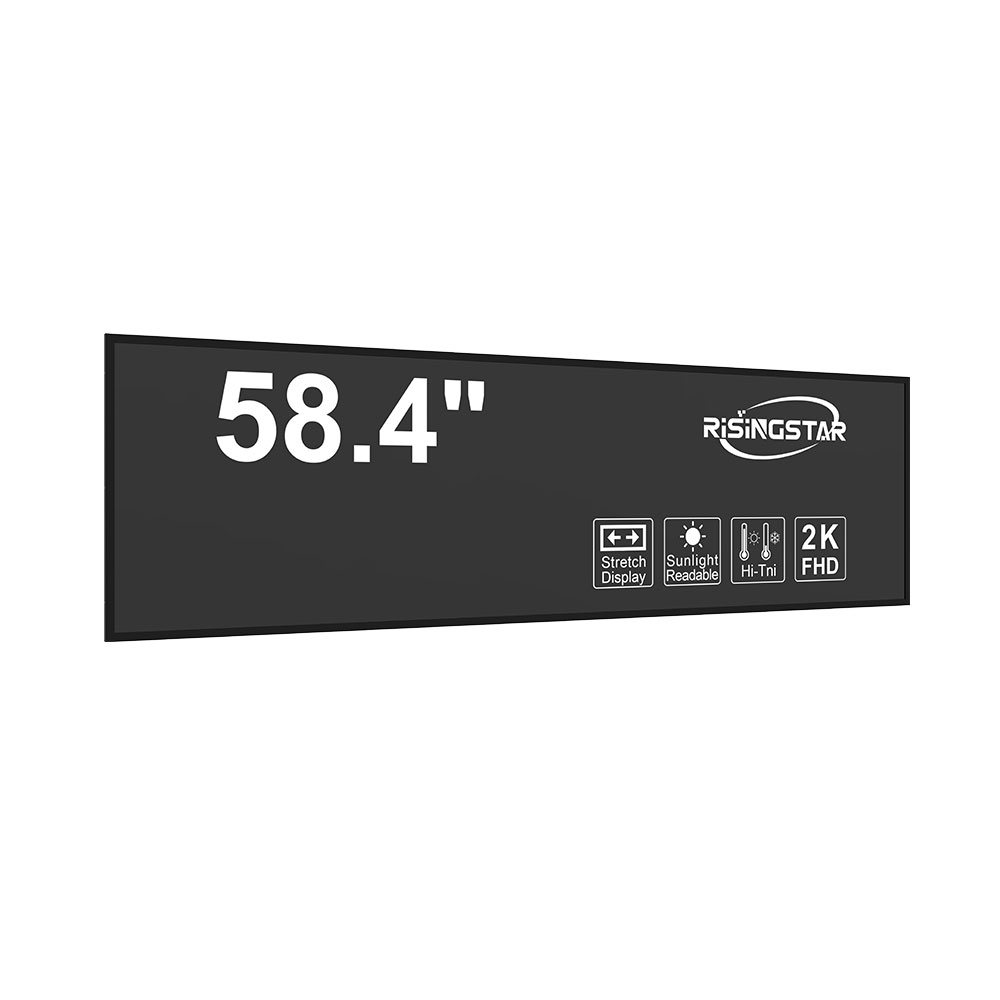- Home
- About Us
- Products
- News
- Video
- Contact
- Send Inquiry
Search
- Home
- About Us
- Products
- News
- Video
- Contact
- Send Inquiry

When designing outdoor digital signage solutions, selecting the correct display ratio—particularly 16:9—is critical for maximizing visual impact, content clarity, and environmental integration. The 16:9 aspect ratio has become the global standard for high-definition video, web content, and modern advertising, making it the optimal choice for outdoor LCD screens used in retail, transportation hubs, stadiums, and public spaces.
Among the most commonly deployed outdoor LCD screen sizes are 10.1”, 13.3”, 15.6”, 18.5”, 21.5”, 23.8”, 27”, 32”, 43”, 46”, 49”, 55”, 65”, 75”, 86”, 98”, and 110”. Each size serves a unique application based on viewing distance, ambient light conditions, and content density. For example, smaller screens (10.1”–21.5”) are ideal for kiosks, point-of-sale displays, or vehicle-mounted units where portability and space constraints matter. Larger formats (43”–110”) are better suited for billboards, building facades, and event venues where visibility from afar is crucial.

Industry standards such as IEC 62326 and SMPTE RP 211 emphasize the importance of consistent aspect ratios in outdoor environments. A 16:9 screen ensures compatibility with broadcast HD content and prevents image distortion when displaying widescreen videos or live feeds. Moreover, manufacturers like LG, Samsung, and Leyard design their outdoor LCD panels with brightness levels exceeding 5,000 nits to combat sunlight glare—a necessity for effective daytime visibility.
For professional installations, thermal management and IP65 or higher weatherproof ratings are essential. A 55” or larger 16:9 outdoor LCD, for instance, must be mounted using anti-vibration brackets and include active cooling systems if placed in extreme climates. Case studies from cities like Singapore and Dubai demonstrate that 75”–98” 16:9 screens deployed in pedestrian zones significantly improve engagement rates compared to older 4:3 models due to better motion clarity and color reproduction.
Ultimately, choosing the right size within the 16:9 format requires balancing audience proximity, lighting conditions, budget, and content strategy. Whether deploying a 27” screen for a café menu board or a 110” unit for a stadium scoreboard, adhering to the 16:9 standard ensures future-proof compatibility, enhanced viewer experience, and efficient media asset utilization across all platforms.